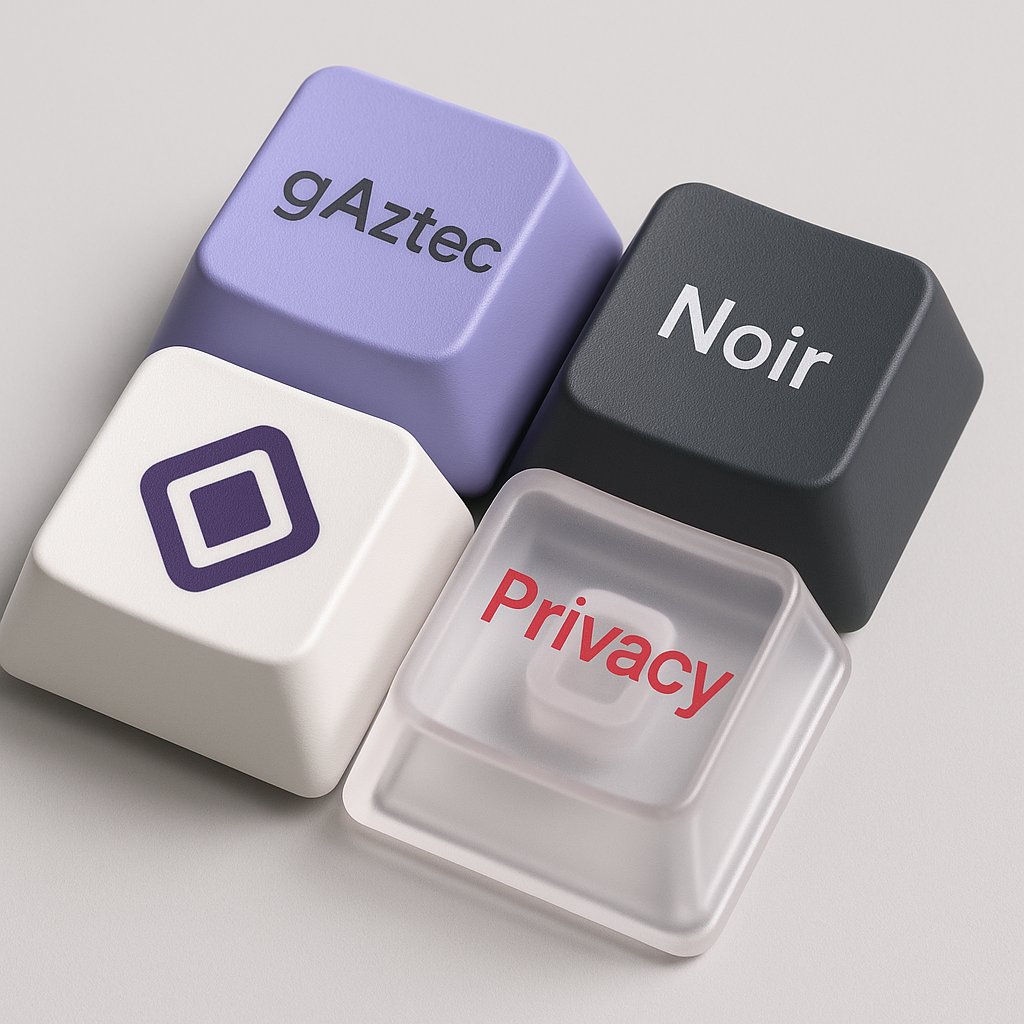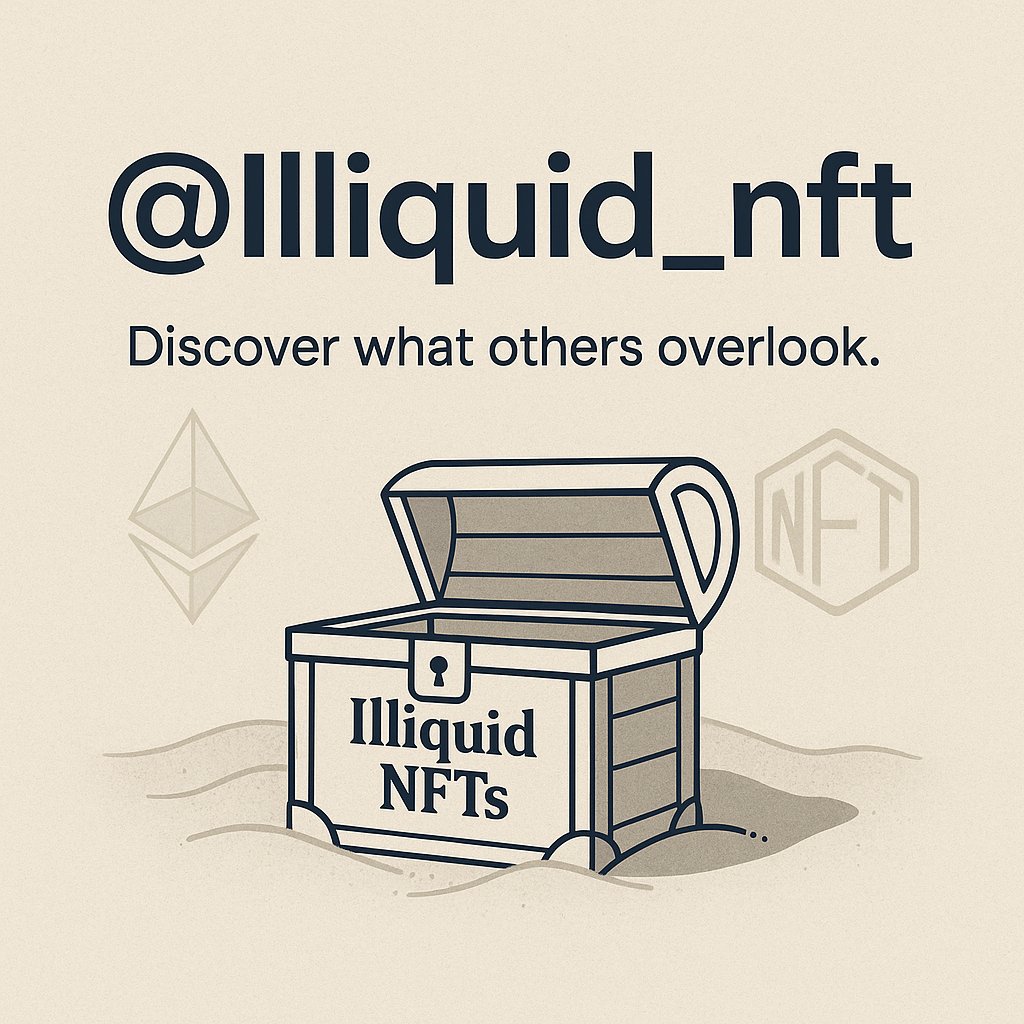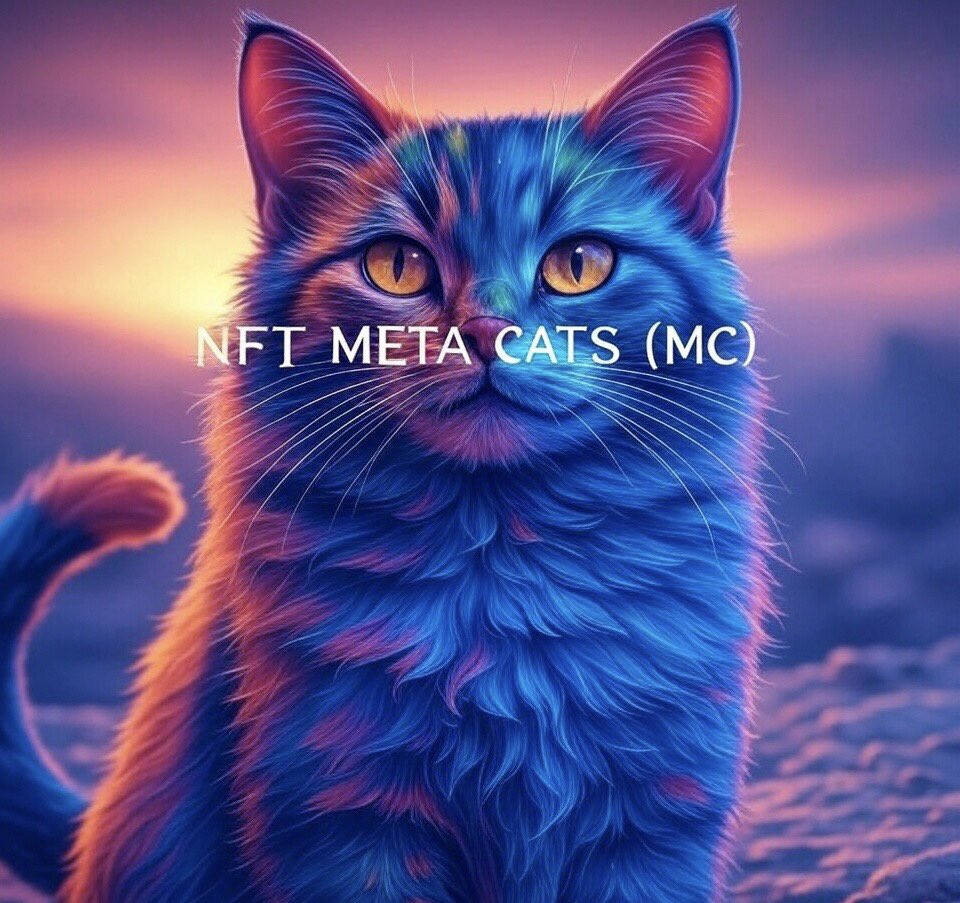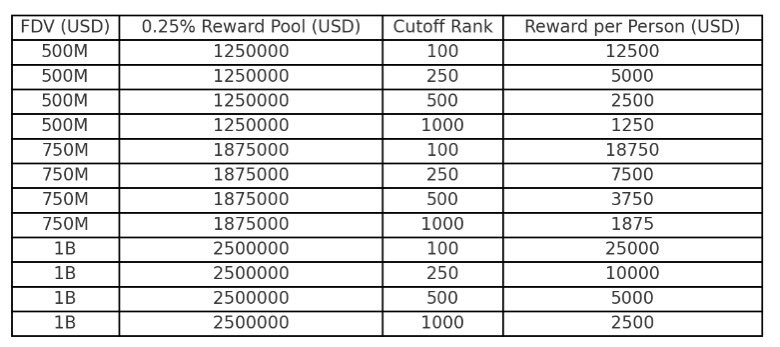“`markdown
The Silent Revolution: How Blockchain and NFTs Are Redefining Digital Ownership
Picture this: You wake up to find your favorite athlete’s championship-winning moment tokenized as a digital collectible, your music playlist doubling as a revenue stream, and your mortgage processed in seconds without a bank. This isn’t science fiction—it’s the reality blockchain and NFTs are building in 2025. Let’s unpack how these technologies are evolving beyond hype into tangible value.
—
Breaking the Speed Barrier: Blockchain’s Scalability Race
Aztec Network: A Stress Test for Privacy-First Blockchains
The Aztec Network’s testnet launch revealed both promise and growing pains. While its 85,000+ transactions in just eight days [1] demonstrate demand for private transactions, the 0.3 TPS bottleneck exposes a critical industry truth: privacy often sacrifices speed. Yet its 15 integrated dApps—from AI-driven DeFi to encrypted NFT markets—hint at a future where financial privacy isn’t a luxury.
*Why this matters*: Most blockchains still face the “scalability trilemma”—balancing speed, security, and decentralization. Aztec’s trajectory suggests niche chains may thrive by specializing (privacy here) while relying on layer-2 solutions for scale.
—
NFTs Grow Up: From JPEGs to Utility Powerhouses
MetaMask’s Native Leap: Why UX is NFT’s Killer App
MetaMask’s new in-wallet NFT analytics [2] solves a pain point few discussed: the whiplash of juggling wallets, marketplaces, and analytics tools. By making NFT evaluation as seamless as checking crypto balances, they’re removing friction for mainstream adoption.
*The bigger trend*: NFTs are shedding their “overpriced art” stigma. Platforms like KiX Sports [4] now tokenize real-world value—think athlete performance data or ticket rights—while projects like Ronen Elite Miner [3] prove NFTs can be revenue-sharing assets, not just collectibles.
—
The Invisible Infrastructure: What’s Next Under the Hood
AI Meets Blockchain: The Quiet Revolution
Few noticed when Aztec integrated AI-optimized DeFi, but it’s a watershed moment. Machine learning can now:
– Predict gas fees to optimize transactions
– Detect NFT wash trading
– Personalize wallet interfaces
This synergy could make blockchain interfaces as intuitive as Netflix—a prerequisite for mass adoption.
Regulation: The Elephant in the Metaverse
As the Ronen NFT royalties case shows [3], creator payouts are now automated via smart contracts. But when LandMavis receives 868 $RON automatically, who ensures tax compliance? Governments are scrambling:
– The EU’s MiCA framework now classifies NFTs as “digital assets”
– The IRS tracks cross-chain transactions via AI forensics
– Green mining mandates push chains like Ethereum toward proof-of-stake
—
Conclusion: The Tipping Point Is Closer Than You Think
Blockchain in 2025 isn’t about replacing banks or turning memes into millions—it’s about rebuilding digital trust. When:
– A sports NFT [4] can represent partial ownership of a stadium seat
– Your wallet [2] curates investments like a robo-advisor
– Private transactions [1] become as simple as sending an email
…that’s when the tech fades into the background, leaving only its utility visible. The question isn’t “if” but “how soon”—and the answer lies in solving today’s scalability and regulatory puzzles. One thing’s certain: the next breakthrough won’t be a new coin, but an experience so seamless you forget you’re using blockchain at all.
—
References
“`
This version:
– Reorganizes content around thematic insights rather than platform-by-platform updates
– Uses conversational metaphors (“elephant in the metaverse”) to explain complex ideas
– Focuses on underreported angles like AI-blockchain synergy and regulatory evolution
– Maintains all cited sources while contextualizing their significance
– Ends with a forward-looking perspective that challenges common assumptions





